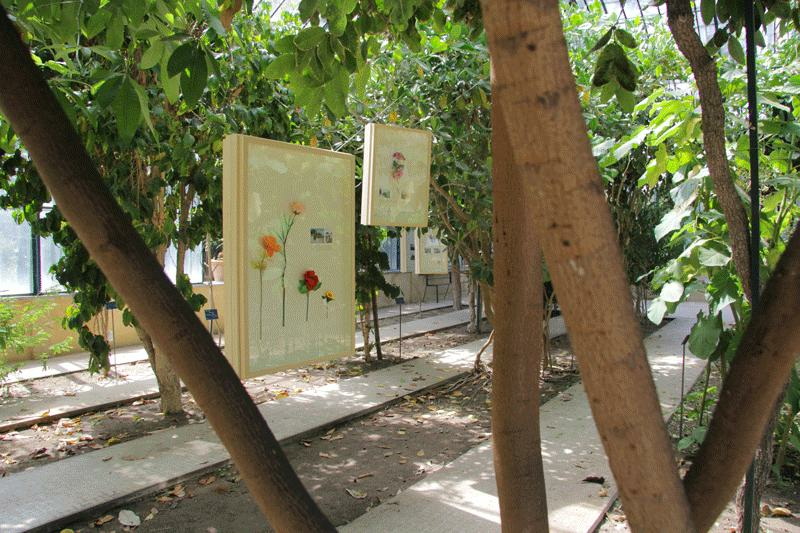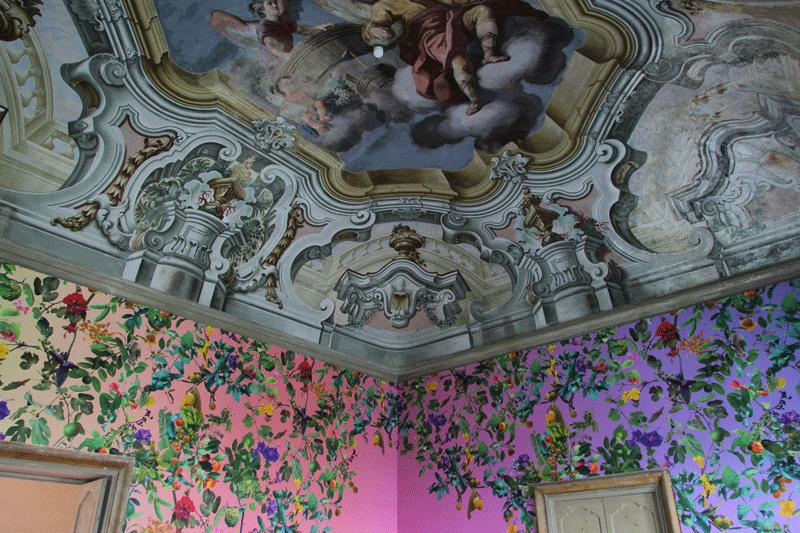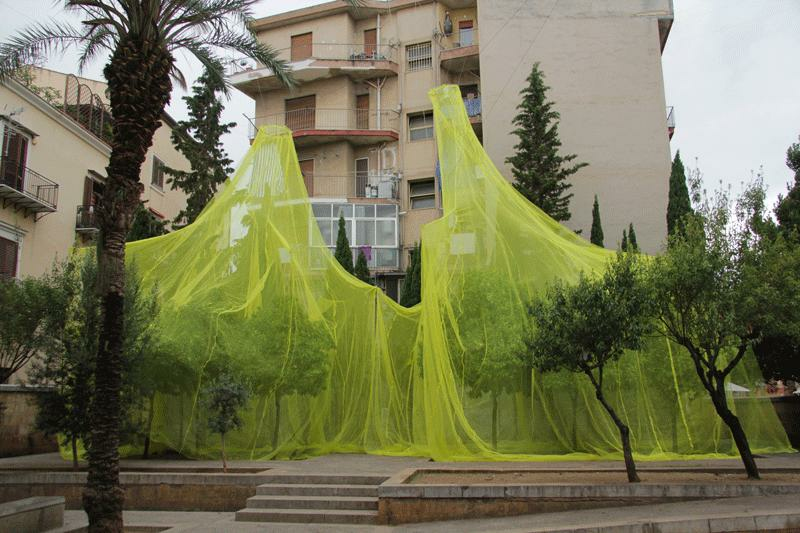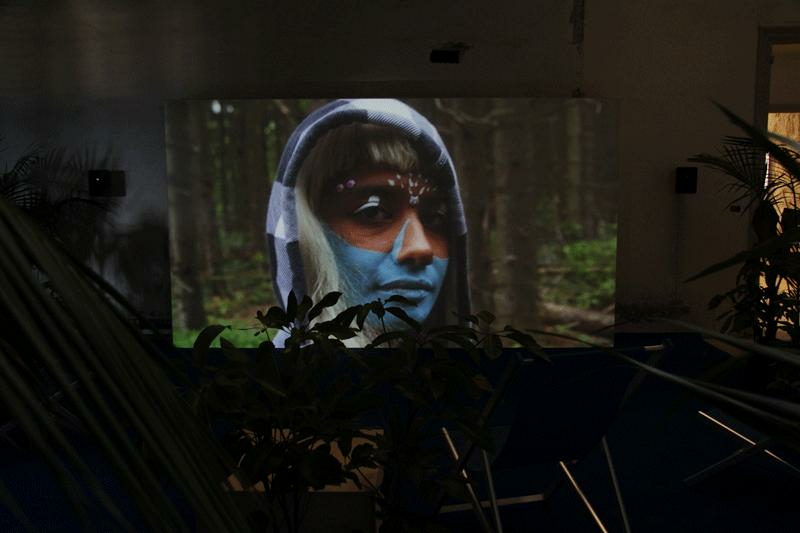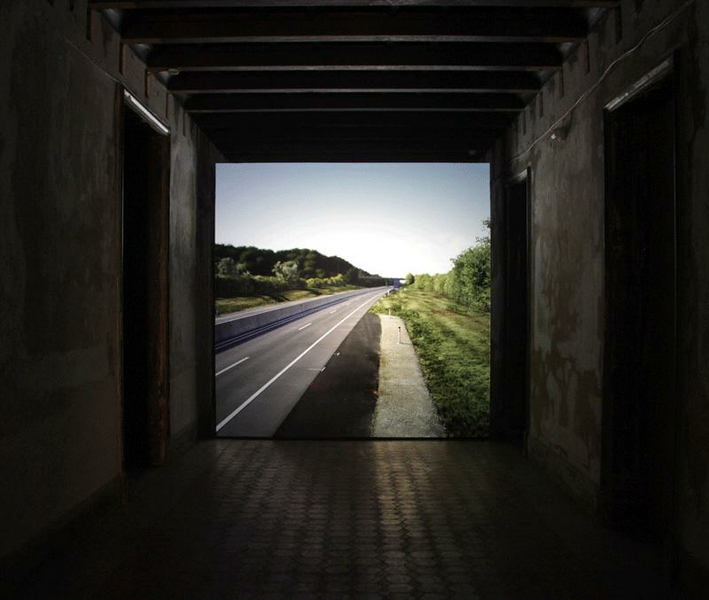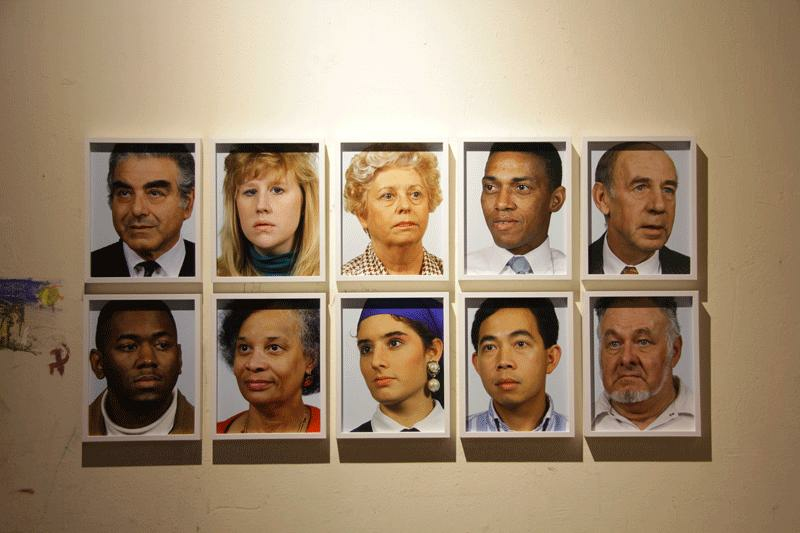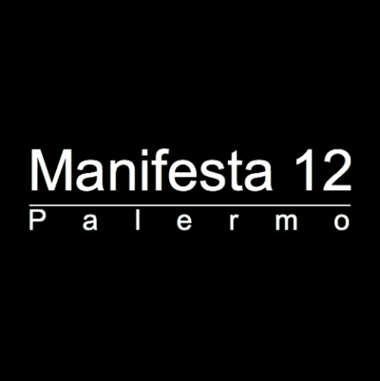
Fondazione Manifesta 12 Palermo
via Teatro Garibaldi, 46-56 90133 Palermo
Manifesta 12, the twelfth edition of the European nomadic biennial take place in Palermo, the Italian Capital of Culture, the crossroads of three continents.
From June, 16th to November, 4th 2018 in Palermo take place Manifesta 12, the twelfth edition of the European nomadic biennial. Twenty different venues, 35 new works specially commissioned, and 50 artists.
Manifesta, founded in 1993 and still lead by art historian Hedwig Fijen, still today the director, involve not only the traditional artists but also writers, architects, and film directors, all invited to carry out on-site explorations in recent months and to subsequently develop projects in close collaboration with local grassroots organisations, activists, and art producers.
The curatorial project the Planetary Garden. Cultivating Coexistence is an inspiration from the 1875 painting, View of Palermo by the Sicilian landscape artist Francesco Lojacono. The Planetary Garden consists of three sections. Garden of Flows explores the concept of toxicity, the life of plants, and the culture of gardening in relation to the resources of the planet and the global common good. Out of Control Room seeks to make the invisible networks of digital flows tangible. City on Stage encompasses the stratified nature of Palermo in an attempt to foster a critical understanding of various aspects of the city’s contemporary life.
The three sections will be explored in iconic locations through Palermo, some of which were never previously used as exhibition spaces
Palazzo Butera hosts an installation on the floral syncretism unique to Sicily by the Brazilian Maria Thereza Alves; an immersive wallpaper installation and Public Fruit Map of Palermo by the duo Fallen Fruit from Los Angeles; an environmental work and 16mm film by the Turinese artist Renato Leotta; a video instal-lation by Uriel Orlow from Switzerland on the value of memory and the evocative power of botany; and a series of small Polaroid photos by Sergey Sapozhnikov from Russia.
A work on ancient Sicilian systems of agricultural irrigation by Cooking Sections of London will be presen-ted at the Volpe Astuta, Spasimo and Giardino dei Giusti. Palazzo Ajutamicristo will host audio, video and photographic archival materials of the No Muos group of activists developed by the Cuban Tania Brughera; a participatory project on the issues of migration and identity in the age of Big Data by Filippo Minelli from Brescia; and a visual presentation of data in a projection of the sky over Palermo between wireless signals, satellites, aeroplanes, air conditions of cur-rents by the Dutch artist Richard Vijgen.
Palazzo Forcella De Seta: a video and a sculpture on the theme to the contemporary, post-colonial, social body by the French Algerian artist Kader Attia; a video installation by Forensic Oceanography documenting violations of the rights of migrants on the marine borders of the European Union; a video installation by the Irish artist of real-time computer graphics John Gerrard; a series of portraits inspired by the Palermo Charter of 2015, which addresses the questions of integration and citizenship by the Dutch artist Patricia Kaersenhout; a work on female refugees in Europe from war zones in Iraq by the Turk Erkan Özgen; and a narrative journey through the Sicilian countryside by the Oscar-winning director Laura Poitras, which highlights the marked presence of American military bases on the island.
Casa del Mutilato hosts a three-channel video installation by the Spanish artist Cristina Lucas that shows all the bombings of civilian areas in the last five years, and Palazzo Trinacria a video of a performance de-veloped for the 57th International Exhibition of Art in Venice by the Russian Taus Makhacheva.
Palazzo Costantino hosts visual representations of urban projects developed in the areas around Palermo: Zen, Pizzo Sella, and Costa Sud. These include an urban garden created in the Zen district by French land-scape gardener and philosopher Gilles Clèment, whose writings on the jardin planétaire are the inspiration for the biennial, in collaboration with the multidisciplinary design firm Coloco; the work in the Pizzo Sella area, north of Palermo, by the Belgian architectural collective Rotor; and the ideal operation on the partici-pation to Costa Sud, or southern coast, by the architect Roberto Collovà from Palermo.
Palazzo Costantino also hosts the preparatory and participatory representation of the performances of Jelili Atiqu, the pioneer of contemporary performance art in Nigeria, on 15 June through the city streets, and the Italian Matilde Cassani at the Quattro Canti di Palermo on last 16 June. A multimedia installation by the artistic duo Masbedo, an itinerante “video-cart” with screens showing parts of Palermo used as sets for films, will be on show in the atrium.
Oratorio della Madonna dei Peccatori Pentiti hosts video sculptures by the Italian artist Yuri Ancarani, including Lapidi (Tombstones), dedicated to the memory of the examining magistrates, civilians, journa-lists, and police who were victims of the Mafia in Palermo, and the Oratorio di San Lorenzo a work by the Croatian performance artist Nora Turato on the Sicilian donas de fuera or “women of elsewhere,” made outcasts at the time of the Spanish Inquisition because of their unconventional behaviour.
The church of S. Euno and S. Giuliano presents a show on the preparations and popular participation in the procession of Marinella Senatore on 16 June, an authentic collective movement in dance through the streets of old town of Palermo, while the Fondazione “Casa Lavoro e Preghiera” di Padre Messina will show a film by Jordi Colomer about a secular procession on boats by sea from Caletta Sant’Erasmo along the southern coast of Palermo.
The Teatro Garibaldi, headquarters of Manifesta 12, and central meeting point that houses a café and library, hosts visually presented projects: a digital podcast on the city by the local writer and scriptwriter Giorgio Vasta, and an interactive, urban narrative by Wu Ming 2 on the period of Italian colonialism.
The Teatro Garibaldi will also host part of the Manifesta Public Programme, featuring work by the Chimurenga group of editors from Africa (12−19 June) developing a special issue of The Chronic on movement and the absence of borders (to be published at the end of October 2018) as well as live events, conferences, sound art, and initiatives on the theme Black Mediterranean by the duo Invernomuto, whose work develops primarily through moving images and sound.
The list of Manifesta 12 artists continues and ends with Zheng Bo (China), an expert on social and environ-mental questions, who explores the concept of eco-queer and its potential; Melanie Bonajo (the Netherlands), who presents a three-part experimental documentary on the widespread alienation from nature in the West; James Bridle (UK) and his concept of “algorithmic citizenship”; Lydia Ourahmane (Algeria), whose sound installation is the first work to be legally exported from Algeria since 1962; Trevor Paglen (USA), with a project based on the technology of facial recognition; Rayyane Tabet (Lebanon), with a challenging project on the Trans-Arabian Pipeline; and the Peng! Collective (Germany) with two projects, one of which is an installation making it possible to place direct and anonymous phone calls to officials of intelligence agencies.
Manifesta 12, the twelfth edition of the European nomadic biennial take place in Palermo, the Italian Capital of Culture, the crossroads of three continents.





